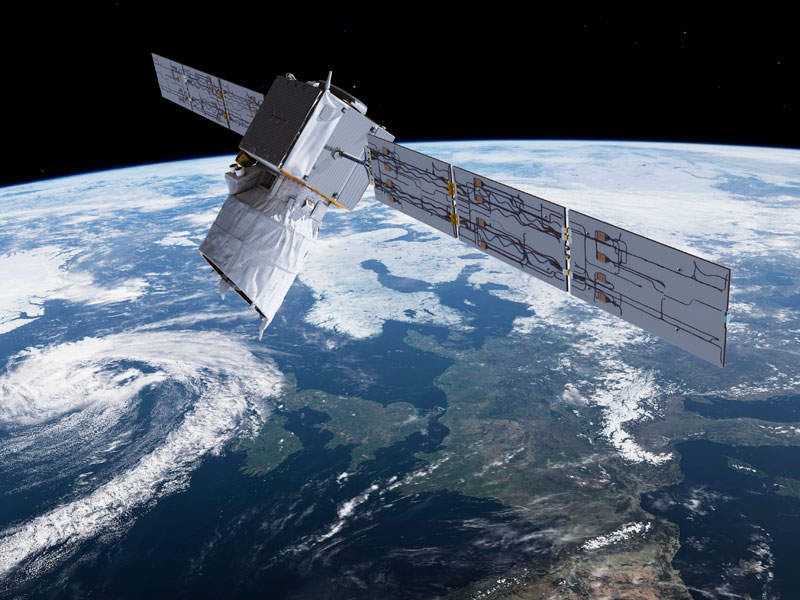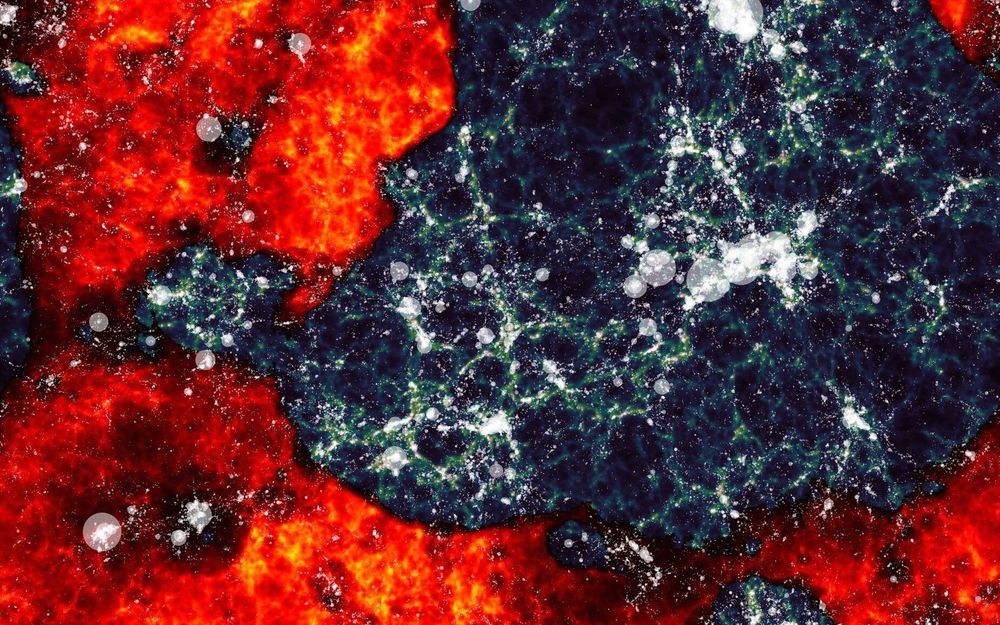Sep 23, 2019
Physicists Have Designed a Laser Defence System to Cloak Earth From Bad-Guy Aliens
Posted by Quinn Sena in categories: alien life, physics
Circa 2016
We humans are pretty into the idea of finding aliens, but have we really thought through what would happen if we stumbled across extraterrestrial intelligence that didn’t want to ‘come in peace’, and instead was hell-bent on mining our fair planet for everything it’s got?
No? Well, luckily for us reckless daydreamers, astronomers have our back, and have come up with a pretty solid plan that would cloak our planet from any bad-guy aliens out there looking for us. And it relies entirely on lasers (what else?).
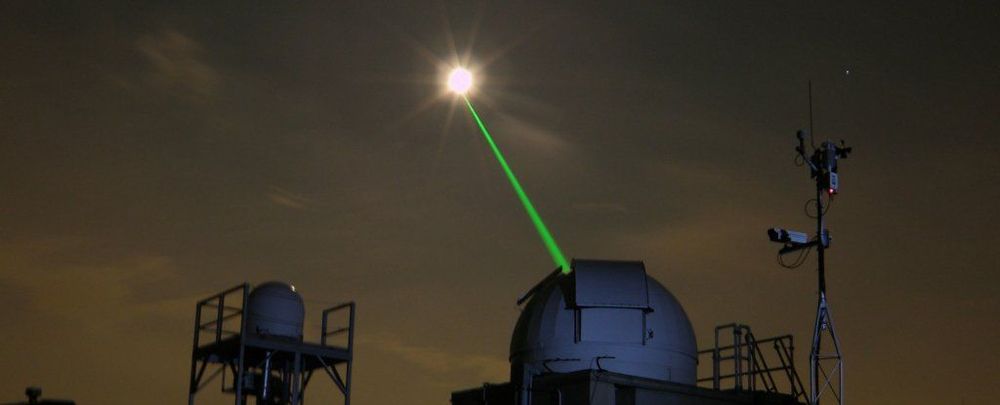
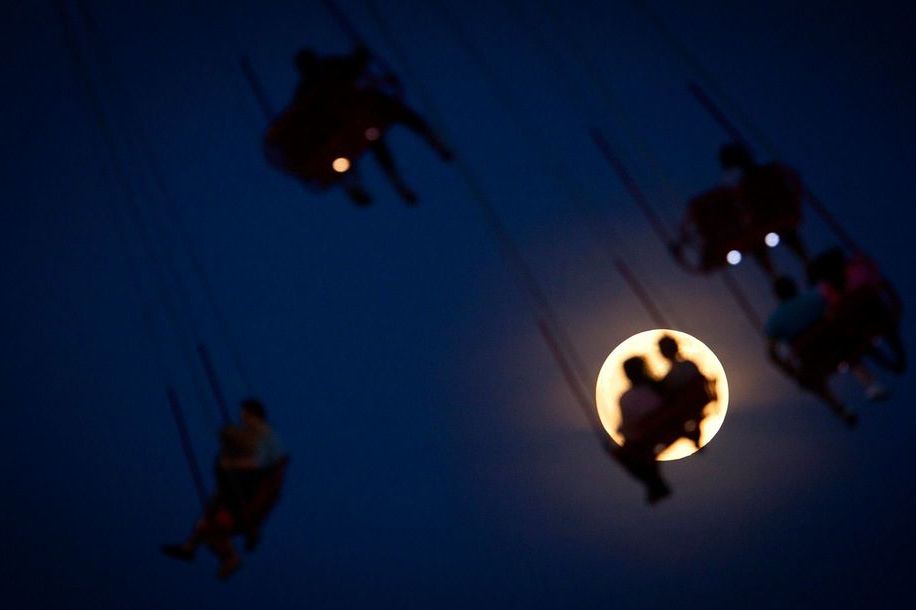

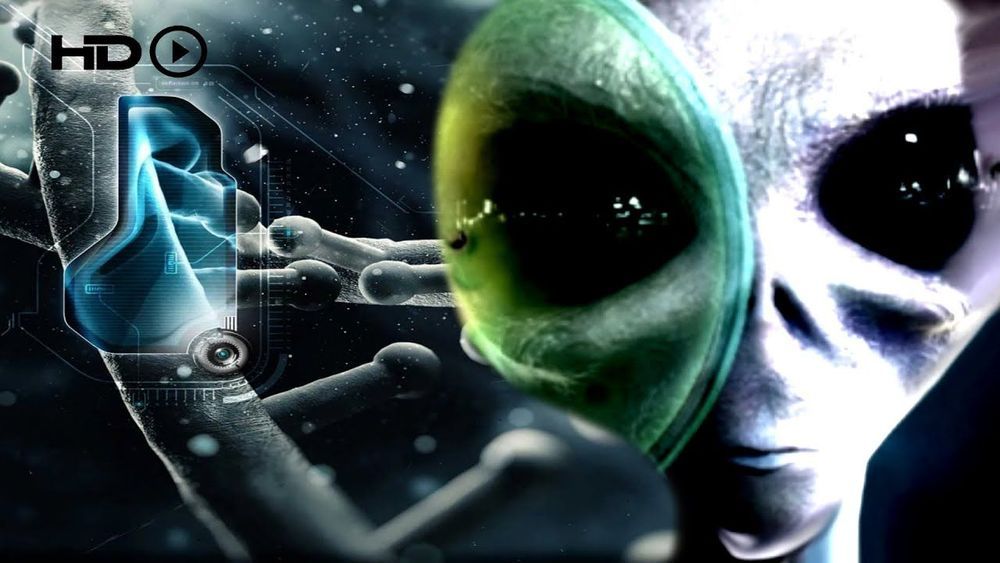

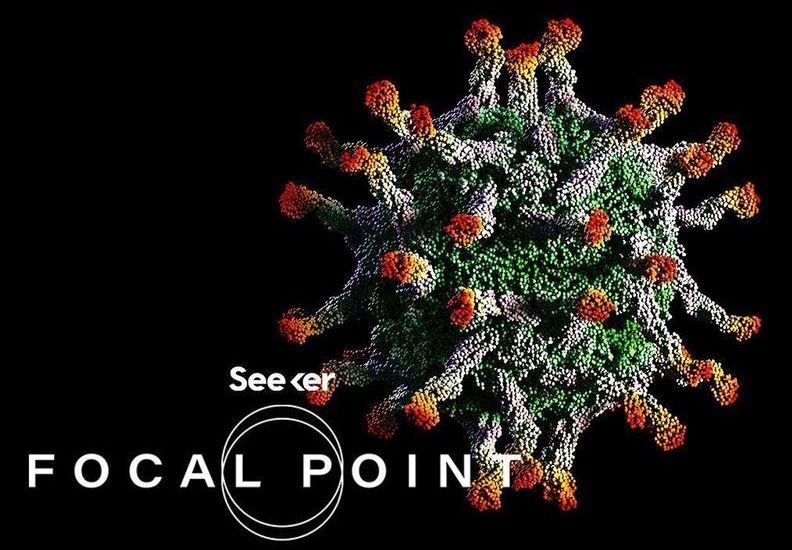
 ‘Healthy Life Extension / Physical Immortality – the mass possibility ‘is presented as ’a symphony of voices’.
‘Healthy Life Extension / Physical Immortality – the mass possibility ‘is presented as ’a symphony of voices’.
